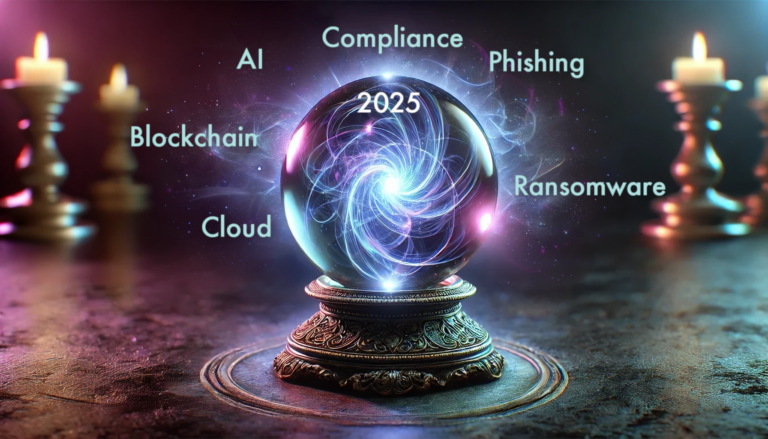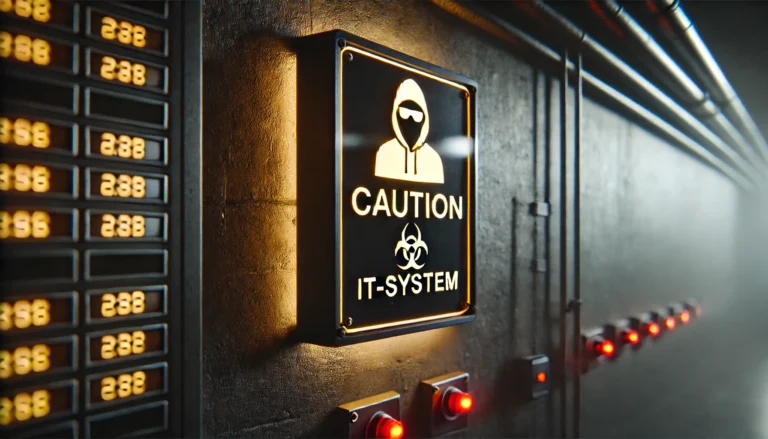The Solution Madness: Why We Often Put the Cart Before the Horse in IT Security
Does this sound familiar? A sales consultant presents you with the latest “all-in-one” security solution, the SuperPlan W7, which supposedly solves all your cybersecurity problems in one fell swoop. The features sound impressive, the presentation is flawless, and the promises are big. Six months later, you’re barely using a fraction of the functions you’ve paid dearly for.
The Problem with Universal Solutions
A worrying trend has developed in IT security: we buy solutions before we truly understand our problems. It’s like buying a Swiss Army knife with 57 functions just to open letters. Studies show that companies only use a fraction of their premium security packages’ features. The rest? Sleeping like digital Sleeping Beauty.
Why Does This Happen?
The reason is simple: we get dazzled by fancy features instead of first conducting a thorough risk analysis. It’s tempting when a vendor tells us their product can do “everything” – from email encryption to AI-powered threat detection. But do we really need all of that?
The Right Way: Analyze First, Then Buy
An effective security approach begins with three fundamental questions:
- What are our actual risks?
Not every company needs military-grade encryption. A local craftsman’s business has different security requirements than an international bank. Conduct an honest risk analysis: What data do you have? What are your crown jewels? What would be the consequences? - Where are our vulnerabilities?
Perhaps your biggest security risk isn’t in missing software, but in untrained employees or outdated processes. A vulnerability analysis shows where you really need to take action. - What resources do we have?
The best security plan is useless if you don’t have the personnel to implement it. Be realistic: What can your team handle? What makes more sense – a complex solution or a lean system that actually gets used?
From Theory to Practice
A medium-sized company recently bought the SuperPlan W7 – with all the bells and whistles. After a year, it turned out: they mainly used the email security and two-factor authentication. The advanced threat hunting functions? Untouched. The automatic incident response system? Never configured. The reason? No one on the team had the time or expertise to implement these features.
The Better Approach
Start small, but targeted:
- Analyze your specific risks and threats
- Prioritize your security measures
- Invest in solutions you can actually use
- Train your team on the tools you implement
- Expand your security concept gradually
- Get expert help that advises rather than sells
Conclusion: Less is Sometimes More
It’s tempting to feel secure with the latest premium security package. But real security doesn’t come from the number of unused features, but from a well-thought-out concept that fits your company. Invest first in analysis and understanding, then in technology. Your IT security – and your budget – will thank you for it.



